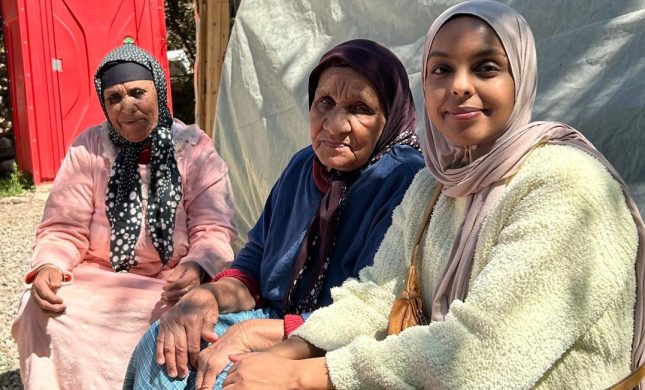Worsening rates of childhood malnutrition in Kenya, Tanzania and Uganda will cause long-lasting damage to all three countries economies, a new World Bank study suggests.
Drought in Kenya, war in Uganda and acute poverty in Tanzania are increasing the already high prevalence of underweight children throughout East Africa, government officials and aid agencies say.
The World Bank report, based on year-old data, estimates that 22 percent of Kenyans under the age of five are malnourished, along with 23 percent of young Ugandans and nearly one-third of Tanzanian children, according to the World Bank press review Tuesday.
The Bank report further estimates that nearly half of the children in India are undernourished.
– Poor nutrition is implicated in more than half of all child deaths worldwide, said Jean Louis Sarbib, the World Banks senior vice president for human development adding: – It is intimately linked with poor health and environmental factors, and yet policymakers, politicians and economists often fail to recognize these connections.
According to Sarbib, 60 percent of children who die of diseases like diarrhea and malaria may have survived had they not been malnourished.
The World Bank study has concluded that the growth of over 100 million children across the globe is stunted due to lack of nutrition knowledge among parents.
The spread of knowledge on nutrition among the parents would yield far better results than politically popular feeding program. Lack of food is normally not the major cause of malnutrition among the children, the latest report of the Bank said.
The report, entitled “Repositioning Nutrition as Central to Development”, said nearly one-third of children under five in the developing world remain underweight or stunted.
Unless an infant is properly nourished in the first two years of its life, the effects are lasting and irreversible, it warned. The problem is at its most severe in South Asia not, as might be supposed, in sub-Saharan Africa.
Rates of malnutrition in children in India, Bangladesh, Afghanistan and Pakistan range from 38 to 51 percent, compared to 26 percent for countries in sub-Saharan Africa.
Kilde: www.worldbank.org















